QuestionHi Sara during a recent education session a student asked me how long complete regrowth of tails takes place in leopard geckos. Also can the gecko drop its tail again during the regrowth process. Or how long after complete regrowth does it have this capability again.
The 'spurs' on snakes, are they more evident on certain species. Are there always only evidence of the rear spurs only amongst them. As an education officer within a wildlife park we take education sessions to schools and colleges in the UK and I like to follow up unanswered questions with more detailed information to the students and teachers.
many thanks for your help to my enquiry
Answer
 Regenerated Tail
Regenerated Tail
Dear Peter,
Thank you for the questions. The complete regeneration of a new tail in most lizards takes roughly 6 months or so. The tail grows relatively slowly and takes quite awhile to reach full length. The new tail will not resemble the original tail; it will lack the coloring and texture of the original tail. It is important to note that not always will a new tail grow. If, during the process of breaking/losing the tail, it does not break uniformly or if an infection occurs, the tail may develop necrotic tissue at the tip where the break occurred, rendering a permanently stubby tail. If this does happen, a vet can re-cut the tail at the fleshy part of the healthy tissue and remove the dead tissue, then the regeneration process will begin again.
The tail will always retain the ability to be dropped, whether or not it is in the process of regenerating. The bones and tissue in the tail are made to break at breaking points or intervals along the column so that the tail can be dropped and the lizard can flee the predator. The regenerated tail will have these qualities and so the capability always exits.
As far as your second question, I am not educated on snakes, my area of specialty is with lizards, particularly iguanas, therefore, I do not want to venture to answer your second question for fear I may misguide you.
I have attached a picture of an iguana with a partially regenerated tail so you can see the physical differences between the original tail and the regenerated portion.
Thank you for your question and for educating our youth on animals, this is extremely important. Please follow up with any further questions.
Sincerely,
Sara J Gwerder
President
Raptor Rescue Iguana Sanctuary
Shreveport, LA
www.RaptorRescue.org
Good Diet + UVB Radiation + Proper Temperatures + Set Daily Schedule = Healthy + Happy Reptile


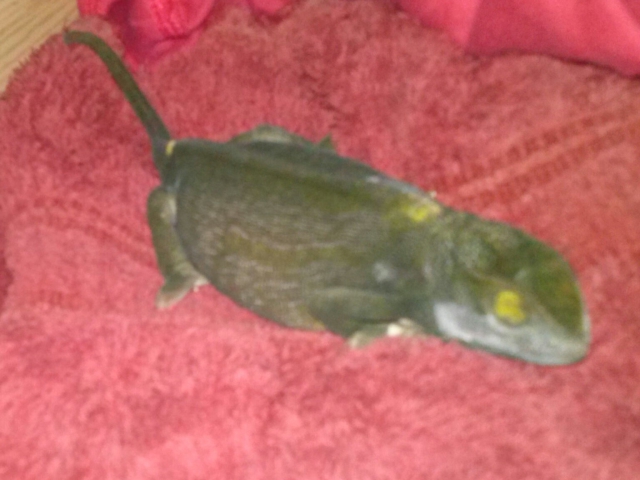 Flap neck Chameleon. Urgent help PLEASE!
QuestionPaula about 8 hrs afte
Paula straight af
Flap neck Chameleon. Urgent help PLEASE!
QuestionPaula about 8 hrs afte
Paula straight af
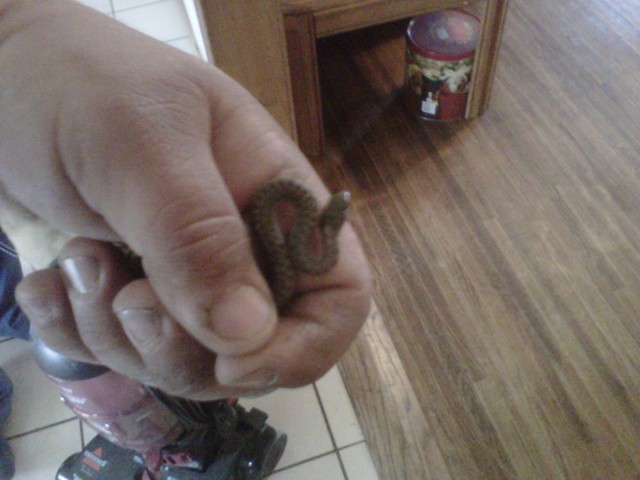 We have alot of snakes what are they?
Question
Is it dangerous?
My Husband has found several
We have alot of snakes what are they?
Question
Is it dangerous?
My Husband has found several
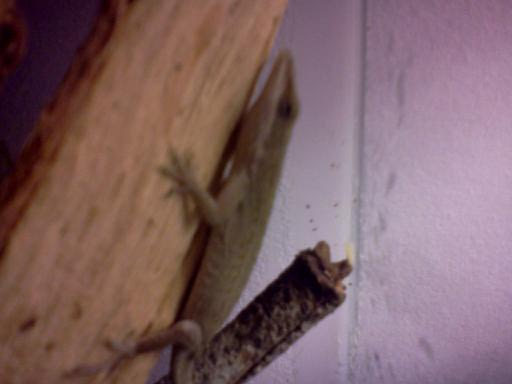 re: sick anole. Is there anything I can do?
QuestionQUESTION: Hi. Im hoping youll have some suggest
re: sick anole. Is there anything I can do?
QuestionQUESTION: Hi. Im hoping youll have some suggest
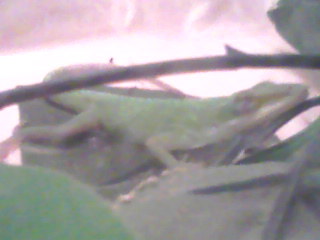 I think my Green Anole is sick
QuestionQUESTION: I have noticed two days ago that my a
I think my Green Anole is sick
QuestionQUESTION: I have noticed two days ago that my a
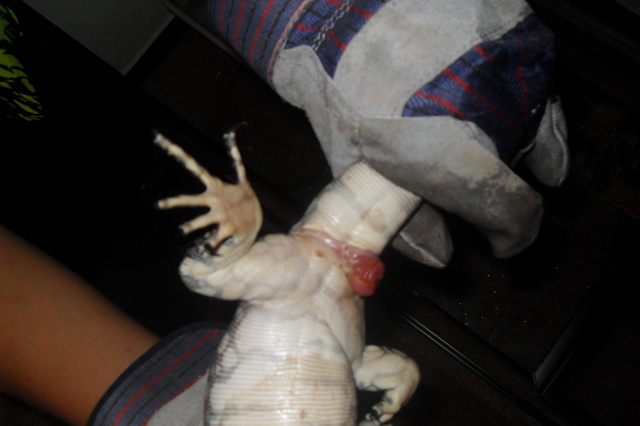 MONITOR
Question
AREA IN QUESTION
I RECENTLY BOUGHT A MONITOR (
MONITOR
Question
AREA IN QUESTION
I RECENTLY BOUGHT A MONITOR (